10 Cold War Movies That Defined the 80s (With Trivia You’ll Love)
The Cold War was an invisible war that loomed large over the 1980s. Hollywood knew it well and transformed that tension into a parade of films that ranged from heart-pounding thrillers to satirical comedies. These movies gave audiences heroes to root for, villains to boo, and often a bit of hope that things might turn out alright. Here’s a deeper dive into ten iconic 80s movies that carried the Cold War vibe like a badge of honor.
The Day After (1983)
“The Day After” is arguably one of the most influential TV movies ever made. Directed by Nicholas Meyer, this grim dramatization shows how a nuclear war would impact an ordinary American town. It avoids cheap thrills and instead focuses on the terrifying human cost of nuclear weapons: burns, radiation sickness, societal collapse, and the emotional fallout.
Why it matters: The movie aired just months after NATO's deployment of Pershing II missiles in Europe, which had many Americans worried about a nuclear exchange. It hit a nerve so deep that President Reagan reportedly said it made him more serious about arms control negotiations with the Soviet Union.
Behind the scenes: The production team consulted with scientists, military officials, and emergency responders to keep the depiction realistic. After the broadcast, many viewers reported nightmares and emotional distress. It remains a landmark in using TV to provoke political and social reflection.
WarGames (1983)
A tech-age parable before the internet was mainstream, “WarGames” stars Matthew Broderick as a curious teen who unwittingly hacks into a military computer. The film blends youthful curiosity with Cold War paranoia and illustrates the terrifying possibility that a computer glitch or prank could trigger global disaster.
Cold War context: In an era when the concept of hacking was still fresh and somewhat mysterious, WarGames tapped into the growing fascination and fear around technology. It also reflected real fears about accidental nuclear war caused by human or machine error.
Fun tidbit: The War Operation Plan Response (WOPR) computer's voice was inspired by HAL 9000 from “2001: A Space Odyssey”. Also, the film’s popularity helped inspire the creation of the Computer Fraud and Abuse Act in 1986, one of the first U.S. laws to address hacking.
Red Dawn (1984)
“Red Dawn” unleashes a wild fantasy: what if communist forces invaded American soil? It’s a movie where suburban teenagers ditch their letterman jackets for camouflage and firearms, transforming into freedom fighters in the Rocky Mountains. The film is as much a patriotic rally as it is a high-stakes action flick.
Why it struck a chord: The movie capitalized on the peak Cold War anxiety and the Reagan administration’s call for increased military readiness. It’s a cinematic expression of “what if the fight came to your front door?”
On set: The cast underwent military training to prepare for their roles. The film’s intense battle scenes and guerrilla tactics gave it a gritty realism. The idea of teenage resistance fighters became iconic and was even referenced in later pop culture, including video games and TV shows.
Rocky IV (1985)
In “Rocky IV”, the boxing ring becomes a metaphorical Cold War battlefield. Ivan Drago, a hulking Soviet boxer played by Dolph Lundgren, is the embodiment of Cold War fears: emotionless, powerful, and seemingly unstoppable. Rocky’s underdog victory over Drago was pure ’80s American grit and optimism.
Interesting fact: The film's training montage, Rocky chopping wood and running through snow, is often cited as one of the greatest in cinema history. The juxtaposition of Rocky’s natural, rugged training against Drago’s sterile, high-tech regimen perfectly symbolized the clash between individual spirit and cold mechanization.
Stallone’s dedication: Sylvester Stallone wanted the fight scenes to feel authentic. During filming, Lundgren’s real punches caused Stallone to suffer heart swelling, putting him in intensive care temporarily. Talk about dedication to art and country!
Spies Like Us (1985)
This comedy pairs Chevy Chase and Dan Aykroyd as two hapless government employees mistakenly sent on a secret mission in the USSR. Unlike serious spy thrillers, “Spies Like Us” plays the Cold War for laughs, highlighting the absurdity and incompetence sometimes found in bureaucratic institutions.
Behind the humor: Director John Landis brought in cameos from famous filmmakers such as Terry Gilliam, Sam Raimi, and Joel Coen, who played Soviet scientists and technicians. The film satirizes Cold War paranoia without losing sight of genuine friendship and teamwork.
Musical fun: Paul McCartney contributed the catchy theme song, adding to the film’s lighthearted and playful tone.
Top Gun (1986)
“Top Gun” might be remembered for its soundtrack, leather jackets, and volleyball scenes, but beneath that is a Cold War recruitment film disguised as an action blockbuster. Tom Cruise’s Maverick is America’s ace pilot, facing off against the mysterious “enemy” jets, widely understood to be Soviet MiGs.
Real-world impact: The U.S. Navy saw recruitment increase by an estimated 500% following the film’s release. The military even worked closely with filmmakers to ensure authenticity in flight scenes and pilot procedures.
Behind the scenes: The filmmakers had unprecedented access to Navy aircraft carriers and fighter jets. The iconic soundtrack, including Kenny Loggins’ “Danger Zone,” perfectly captured the 80s energy and sense of daring.
The Manhattan Project (1986)
This lesser-known thriller features a teenage prodigy who builds a nuclear bomb for his school science fair. The film blends Cold War fears of nuclear proliferation with the classic “kids get into trouble” trope.
Why it stands out: The premise is chilling, a reminder that nuclear technology and knowledge were becoming increasingly accessible, raising new security concerns. The story critiques how careless some adults are about dangerous technology.
On realism: The filmmakers constructed a bomb prop based on public scientific data, leading to some unease among nuclear experts who saw it.
The Living Daylights (1987)
Timothy Dalton’s first outing as James Bond channels Cold War tensions through espionage, defections, and covert operations. The plot revolves around a Soviet general who wants to defect and a CIA plot to keep him safe amid global turmoil.
Filming locations: The production team shot on location in Austria and Czechoslovakia, an impressive feat given Cold War restrictions. The authenticity of locations added a palpable tension and realism to the spy thriller.
Bond update: Dalton’s portrayal was darker and more serious than previous Bonds, reflecting the shifting political climate of the late Cold War.
Superman IV: The Quest for Peace (1987)
In this somewhat campy installment of the Superman saga, the Man of Steel attempts to rid the world of nuclear weapons by literally collecting and throwing them into the sun. It was a heartfelt plea for peace, though budget constraints left much to be desired in terms of special effects.
Christopher Reeve’s passion: The actor was heavily involved in pushing for a story with a strong anti-nuclear message. Though the film was critically panned, its heart was in the right place during a decade when nuclear disarmament was a hot topic.
When Superman got frugal: Due to severe budget cuts, many of the special effects scenes in “Superman IV” were either simplified or reused from previous Superman films, which is why some sequences look noticeably less polished compared to earlier entries in the series. This contributed to the film’s reputation as the weakest in the original Superman franchise.
The Hunt for Red October (1989)
Based on Tom Clancy’s bestselling novel, this submarine thriller pits a Soviet captain trying to defect against a U.S. analyst working to prevent global conflict. The tension is built on the brinkmanship and paranoia that defined the Cold War’s final years.
Behind the scenes: The U.S. Navy cooperated with the filmmakers, granting access to real submarines and technical consultants, which helped ground the film in authenticity. Sean Connery’s distinct Scottish accent as a Russian captain became a charming trademark of the role.
Actor boost: The film helped launch the career of actor Alec Baldwin, who played CIA analyst Jack Ryan. His portrayal was so well-received that it led to multiple sequels featuring the same character, turning Jack Ryan into a staple of Cold War-era spy fiction.
These 80s classics not only entertained millions but also captured the spirit of a world teetering on the edge. They remind us that sometimes art reflects history’s tensest moments, and sometimes it gives us a good action-packed distraction.


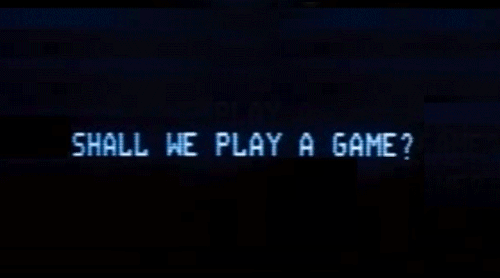

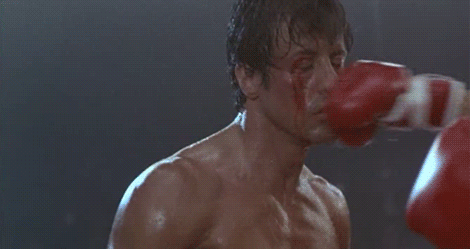

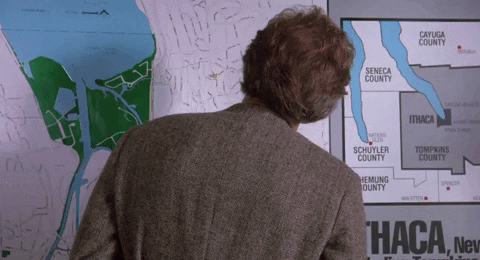
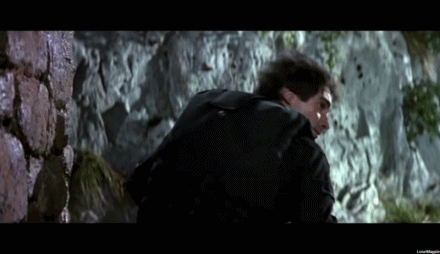
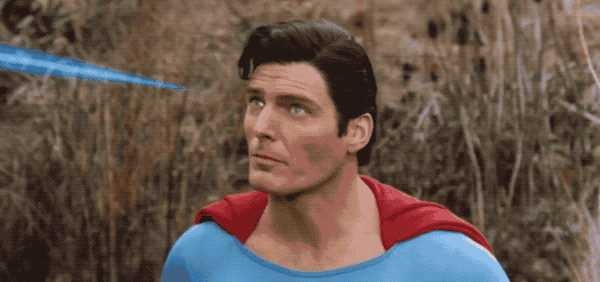


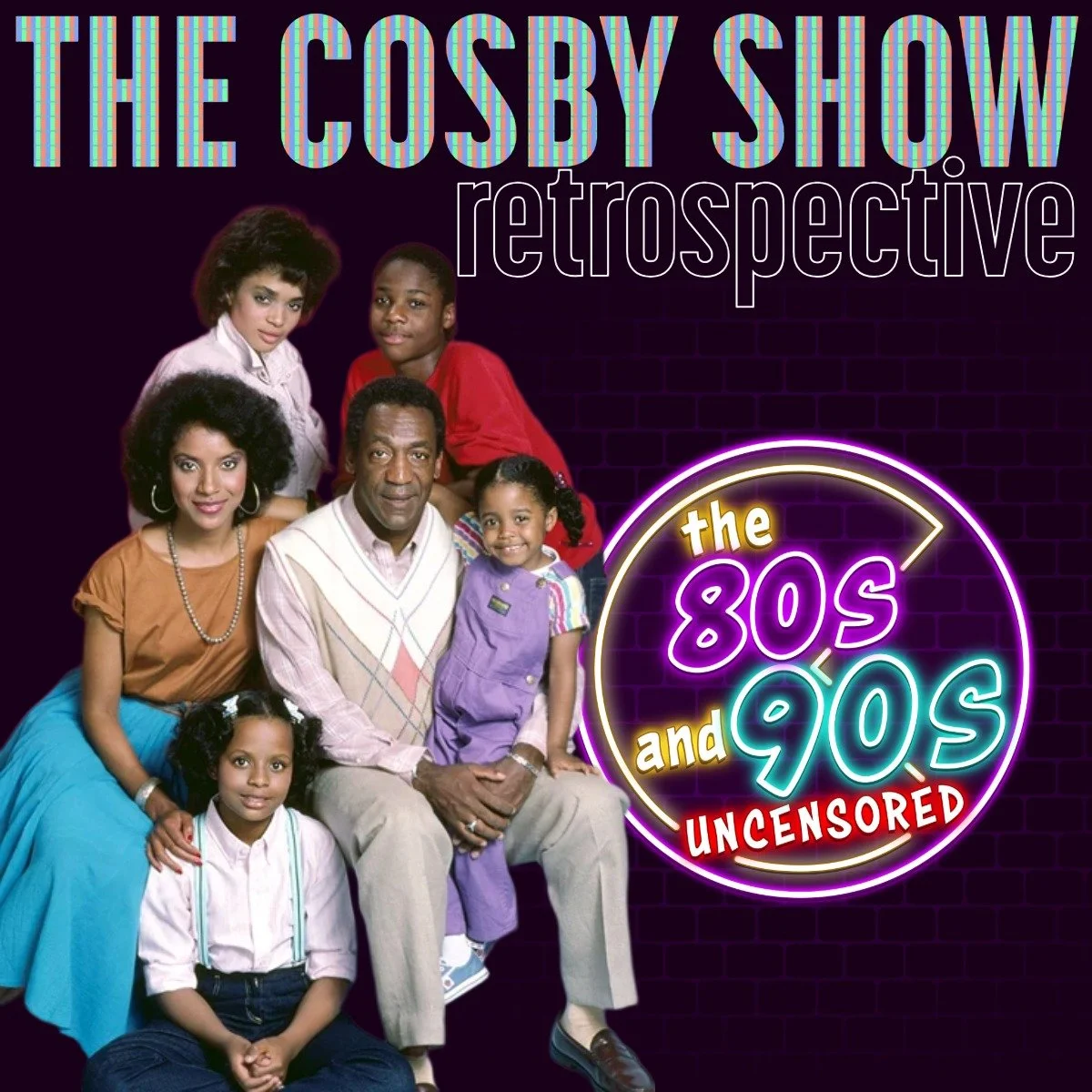

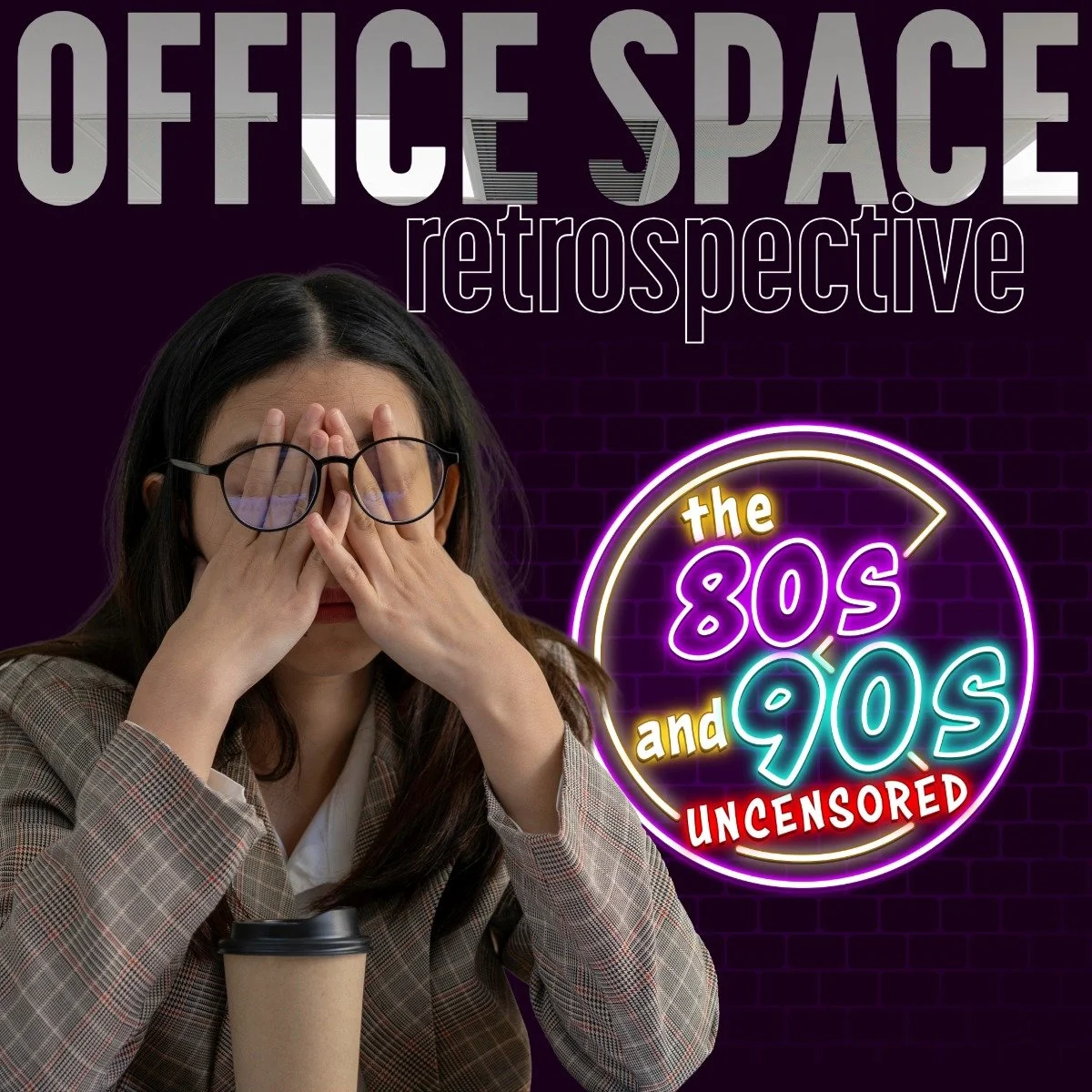
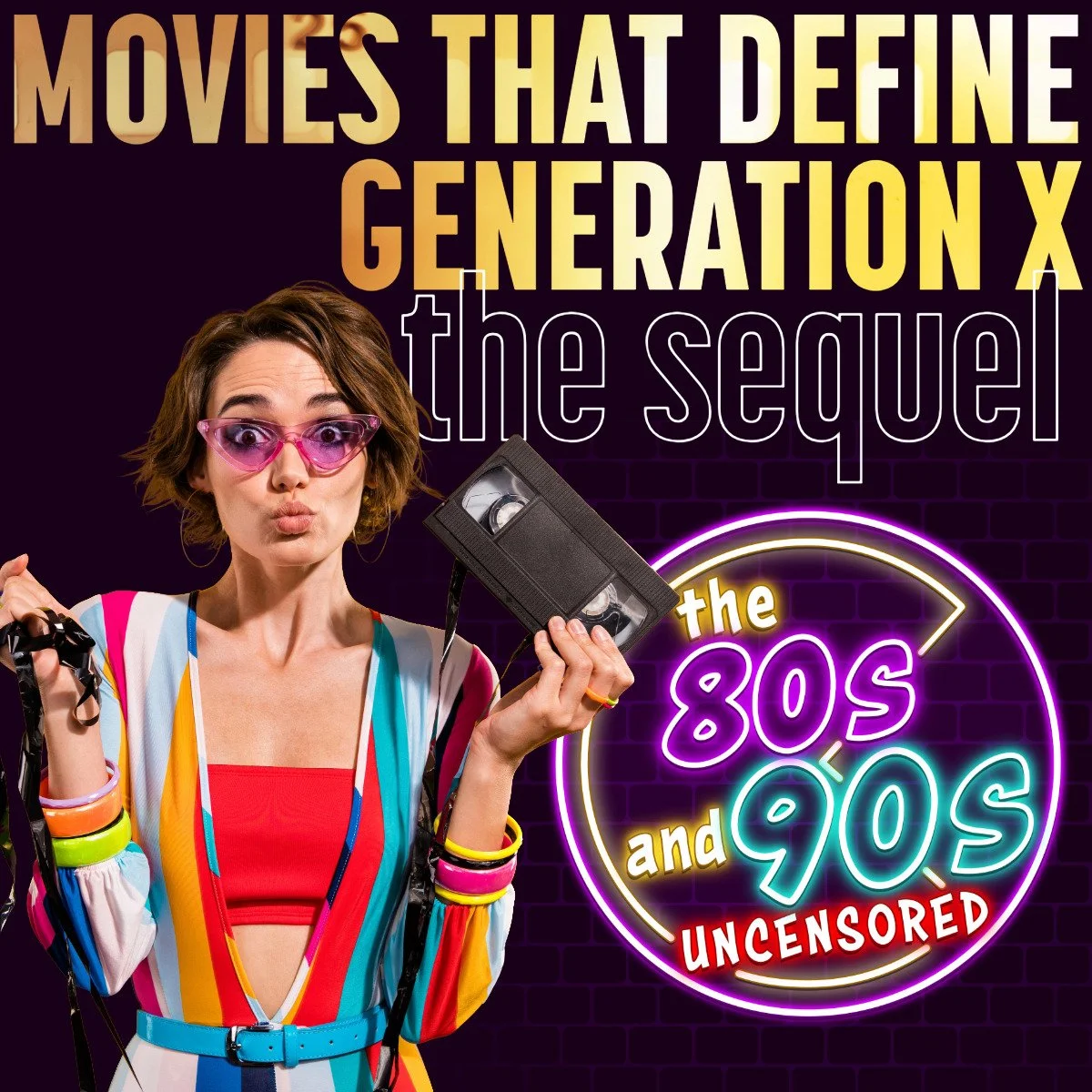


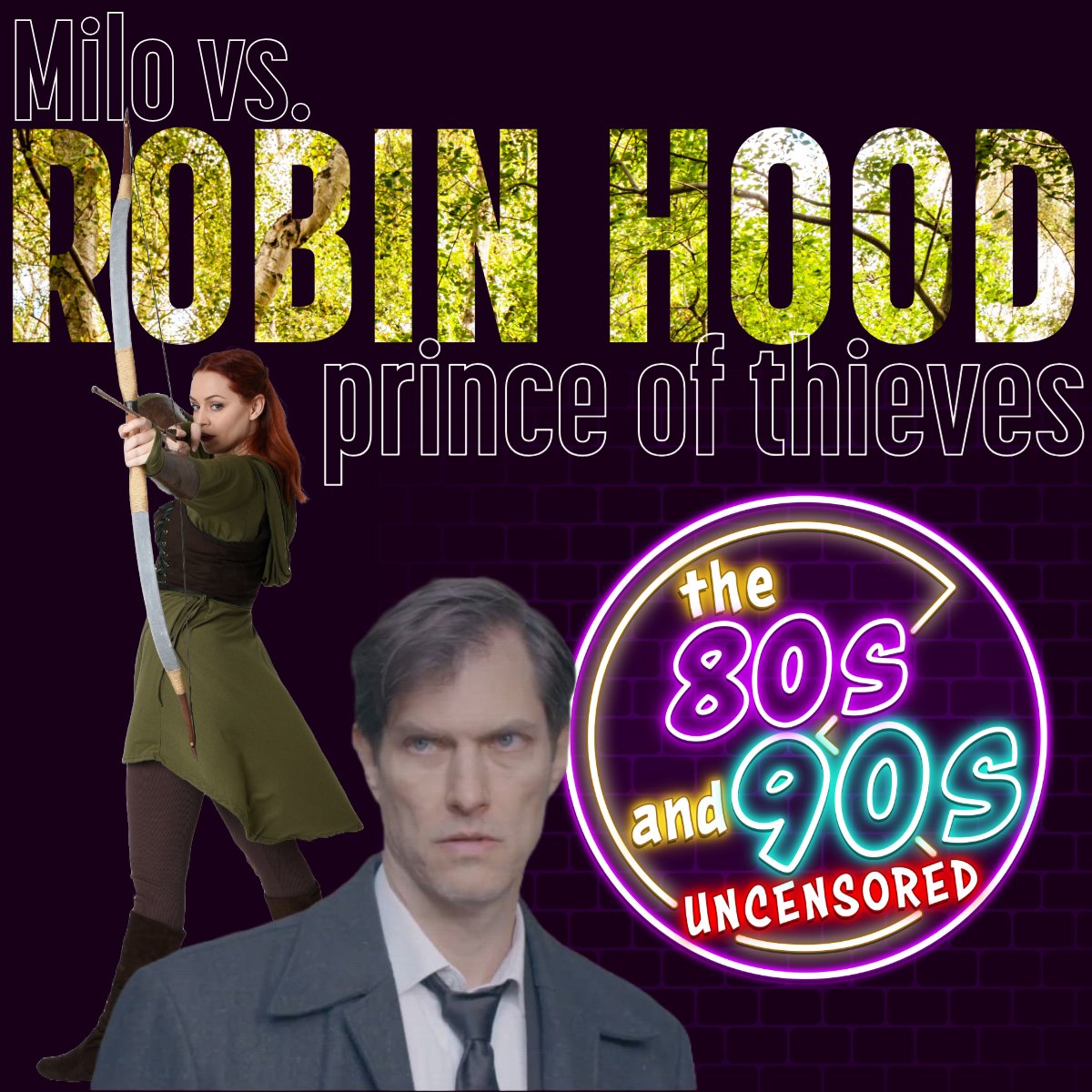
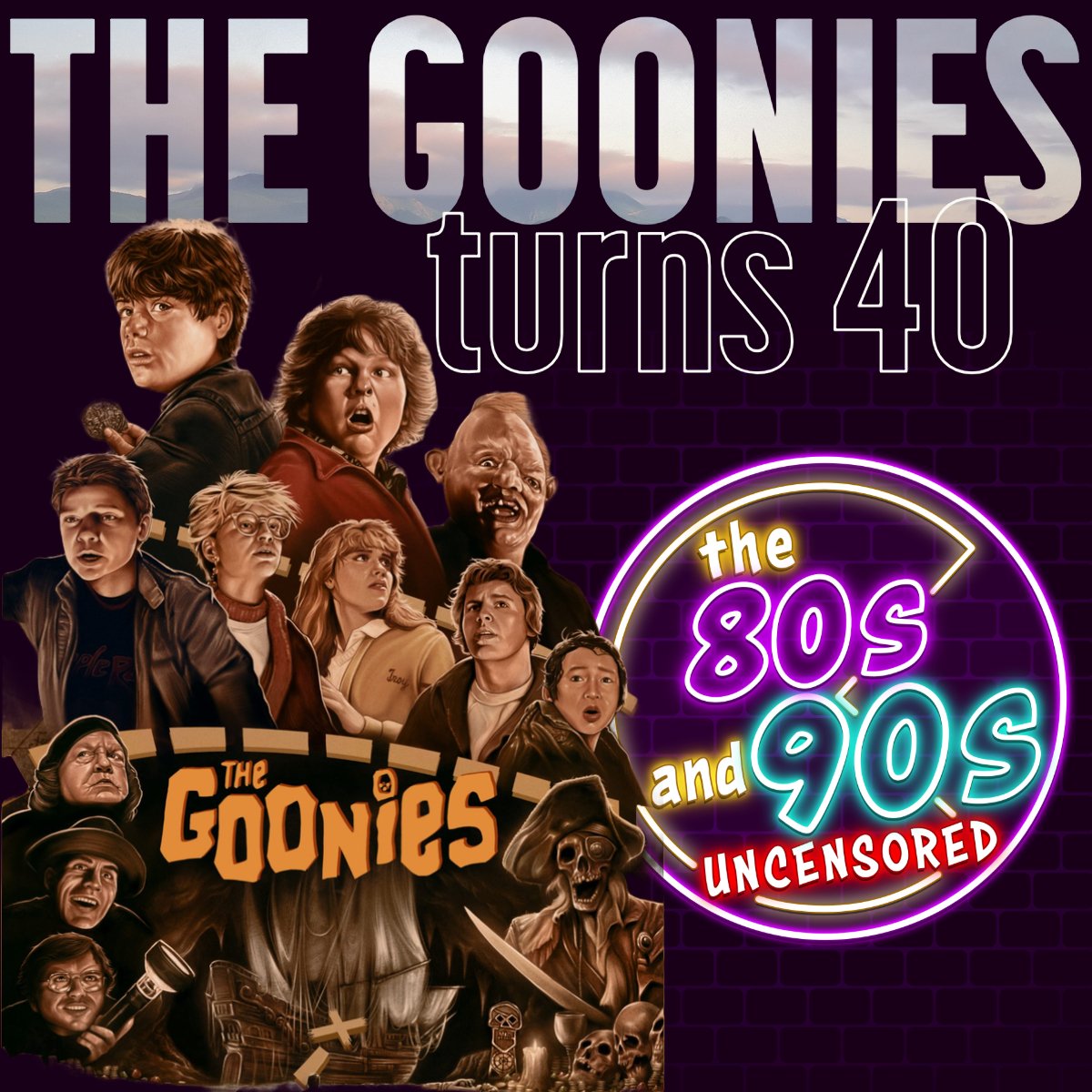






With the loss of Rob Reiner, the guys dedicate an episode to one of their favorite films: The Princess Bride. They discuss why this film is perfect and what it means to them.